How to make Ghee, plus 10 Health Benefits that will surprise you! Learn the simple, age-old process that turns butter into ghee- the most flavorful foundation for authentic Indian cooking. Removing the milk solids out of butter makes it lactose-free, highly digestible, soothing, anti-inflammatory, and increases its smoke point, reducing our exposure to cancer-causing agents. Video!
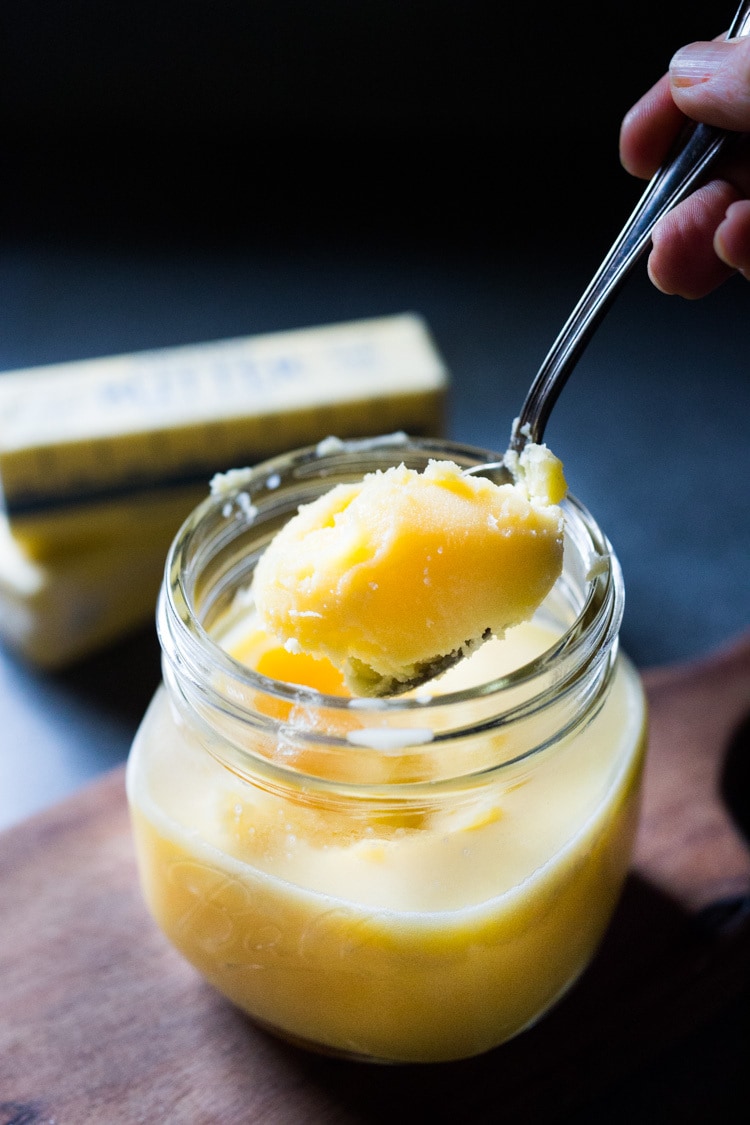
Meet my new favorite thing- ghee! While in India, I fell in love with ghee. It turns out that not only does ghee have incredible flavor (deliciously nutty, grassy, and earthy), but it’s also quite soothing, nourishing, and full of health benefits.
It is wonderful to cook with because it has a high smoke point, making sauteeing a breeze!
And because we remove all the milk solids, it is shelf-stable for months on end and also easier to digest because it is lactose-free!
What is Ghee?
- Ghee is the foundation of Indian cooking. It is cow’s butter that has been heated low and slow, then strained, to remove all the milk solids -caseins and whey. It’s cooked a step further than clarified butter, which gives it a beautiful golden color, nutty flavor, and lovely earthy fragrance.
- It is lactose-free! What makes ghee especially beneficial is how the process of heating and straining the milk solids actually removes almost all of the lactose, making it lactose-free.
- It is shelf-stable. Removing the milk solids also preserves the butter, allowing it to be shelf-stable for long periods of time, an ancient technique practiced for thousands of years in India.
- Ghee has a high smoke point! Because the milk solids are removed, ghee won’t burn like butter can when using it for sauteeing, pan-searing, or frying.
Ghee Benefits vs Butter
- Easier to digest: Because all the milk solids are removed through heating, ghee is mostly lactose-free, making it more easily digestible than butter, for many people with lactose intolerance.
- Ghee has a higher smoke point than butter. At high temps, many oils break down into unstable elements known as free radicals, which are known to can cause cellular damage and linked to cancer. Ghee has a point of 485°F, so it retains its structural integrity under the high heat.
- Ghee soothes inflammation. It contains butyrate, a fatty acid that has been linked to an immune system response that soothes and calms inflammation.
- Ghee also has anti-viral properties.
- Ghee can be used to treat burns.
- Ghee contains vitamin E, one of the most powerful antioxidants found in food. Antioxidants seek out and neutralize free radicals that can lead to disease.
- Ghee helps soothe the digestive system by helping heal and repair the stomach lining. The casein and whey proteins in butter, can often cause sensitivities with people, these are all removed with ghee.
- Highly nutritious. Ghee contains high amounts of vitamins A, D, E and K.
- Ghee aids in the body’s absorption of fat-soluble vitamins.
- Ghee is all-natural. Nothing extra is added to ghee, and it’s not highly processed like many seed oils.
All that being said, I like ghee most of all because of its nutty, earthy, toffee flavor and aroma, taking Indian dishes to the next level. And be clear, I’m not saying to guzzle ghee. Use it in moderation like you would butter- it is still a saturated fat.
In an effort to remove all seed oils from my kitchen for health reasons, I rely mainly on this organic ghee, olive oil, avocado oil, coconut oil, and grass-fed butter for cooking.
What you’ll need for Making Ghee:
- Butter– buy the best butter you can afford. I prefer unsalted, grass-fed, organic butter. Keep in mind that because you are removing all the liquid from the butter, you will lose about 20% of what you start off with. A cup of butter will yield 3/4- 4/5 of a cup of ghee.
- Jar- a clean, sealable jar for storing your ghee.
H2: Tips for Making Ghee - Always sterilize the jar you plan to store it in, so there are no contaminants.
- Always use a clean spoon or knife to scoop out your ghee to prevent unwanted bacteria.
- If you have dairy sensitivities, strain the ghee using a cheesecloth to remove all the milk solids.
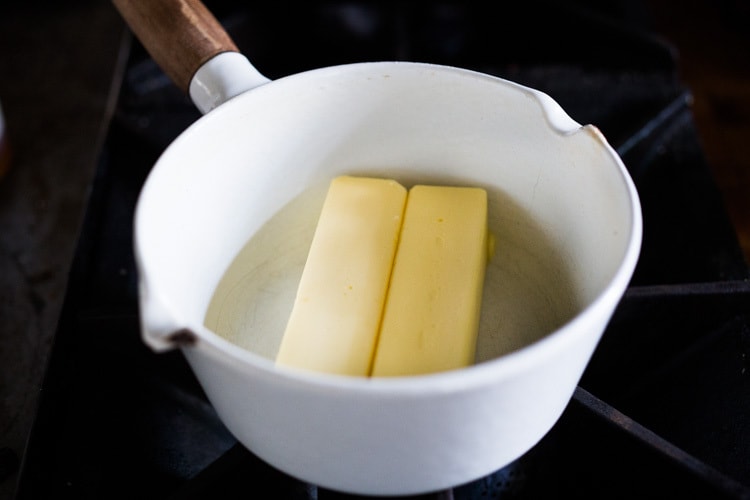
How to make ghee (in a nutshell)
Homemade ghee is easy to make and takes about 40-60 minutes, depending on how much butter you start with.
- Heat unsalted butter over low heat until milk solids separate and sink to the bottom.
- Skim the top.
- Continue cooking until solids turn deep golden brown and liquid is fragrant and nutty.
- Strain using a cheesecloth.
- Pour into a sterile, sealable jar.
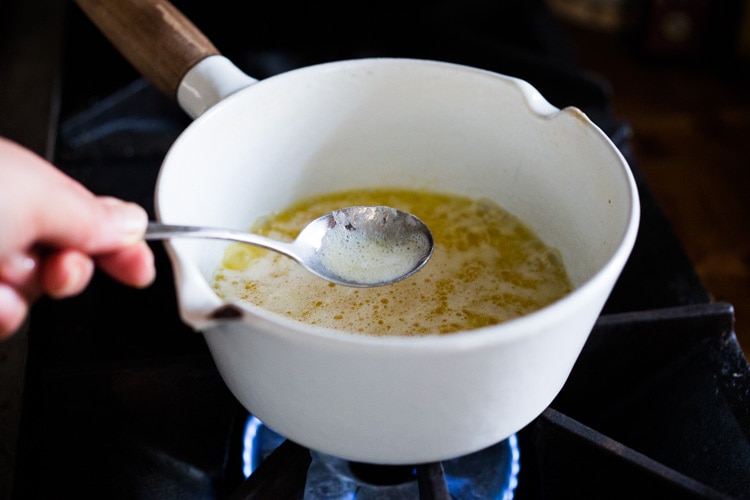
Step 1. Melt the butter in a heavy-bottomed skillet or pot over medium-low heat. The butter will start to separate, creating a milky white foam at the top.
Step 2. Skim the foam off that rises to the top. The milky solids will sink to the bottom. You’ll begin to see a clear golden liquid in between. At this point, you have clarified butter.
But making ghee is taking this a step further.
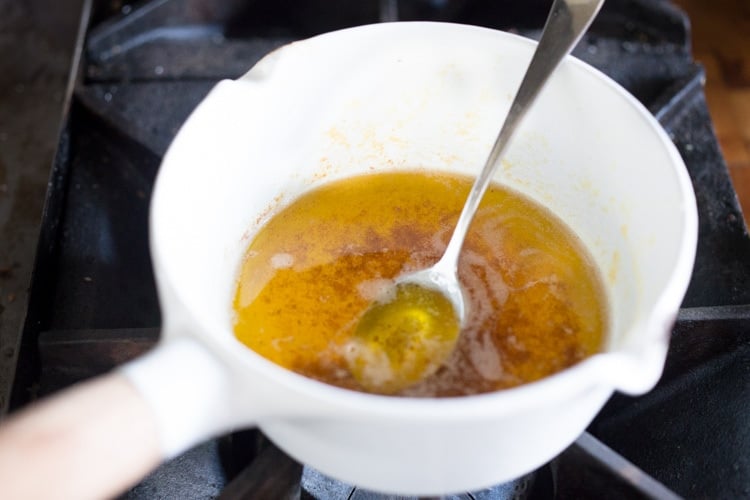
Step 3. Allow the ghee to cook a little further, toasting the solids on the bottom until they are the color of dark brown.
TIP: This is where the delicious nutty flavor comes from. The solids can go from beautiful golden brown to burnt pretty quickly, so stay close to the stove during the last 5 minutes of cooking.
Step 4. Strain. Once the milk solids are deep golden brown, turn the heat off, cool, then strain the solids out over a double-lined cheesecloth, placed over a strainer, catching the remaining foam and solids.
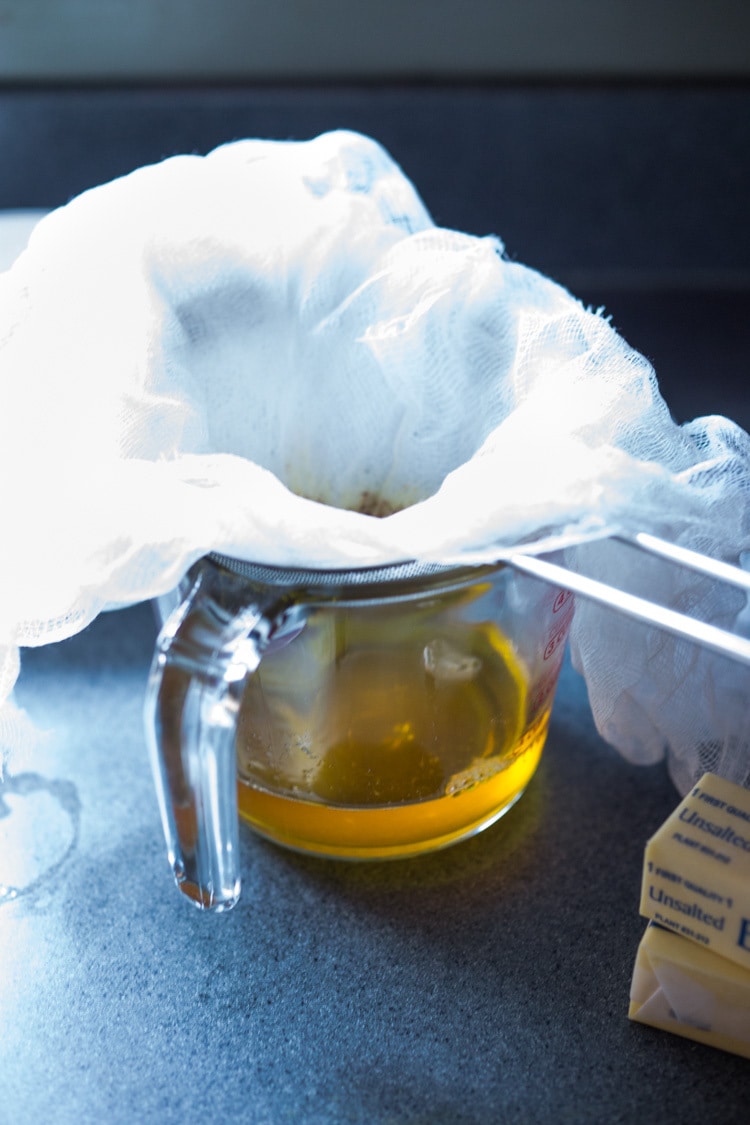
Step 5. Pour the strained warm ghee into a clean, sterilized, sealable jar.
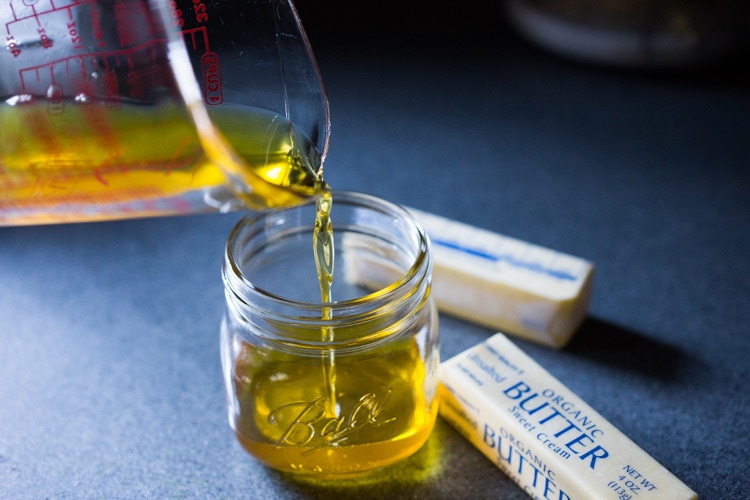
Making sure the jar is very clean is important here to preserve your ghee for longer periods of time.
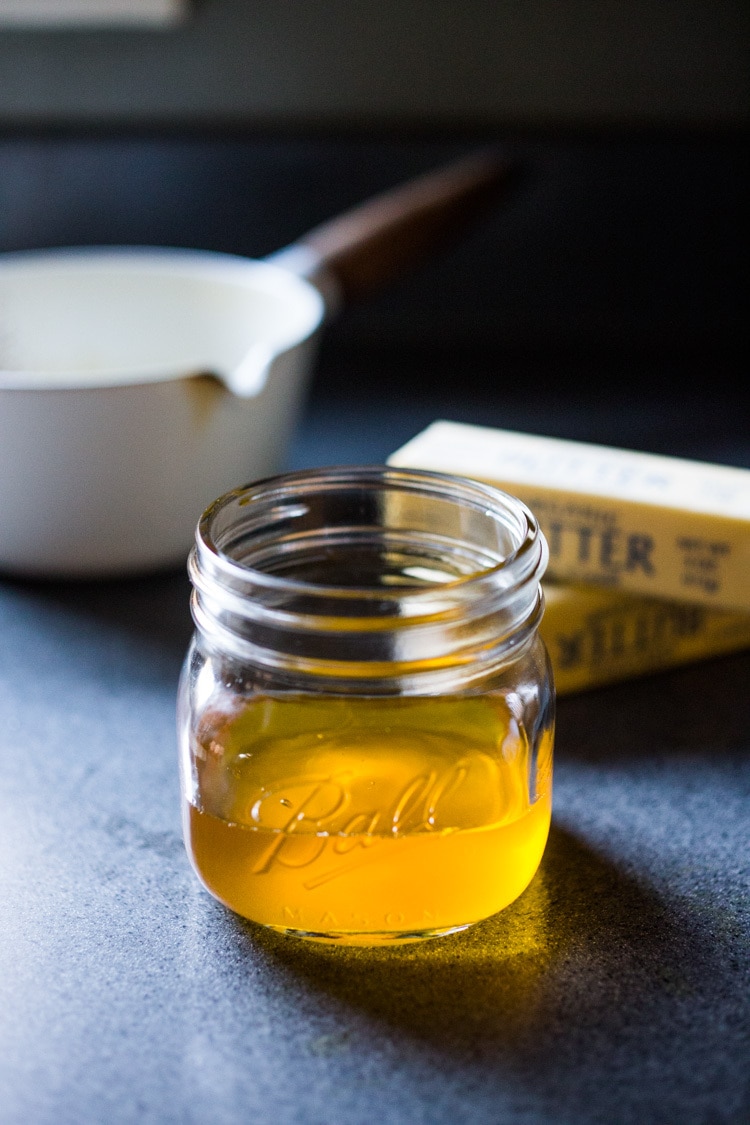
At this point, your homemade ghee is shelf-stable and will last months on the counter (out of direct sunlight) or refrigerated for up to a year!
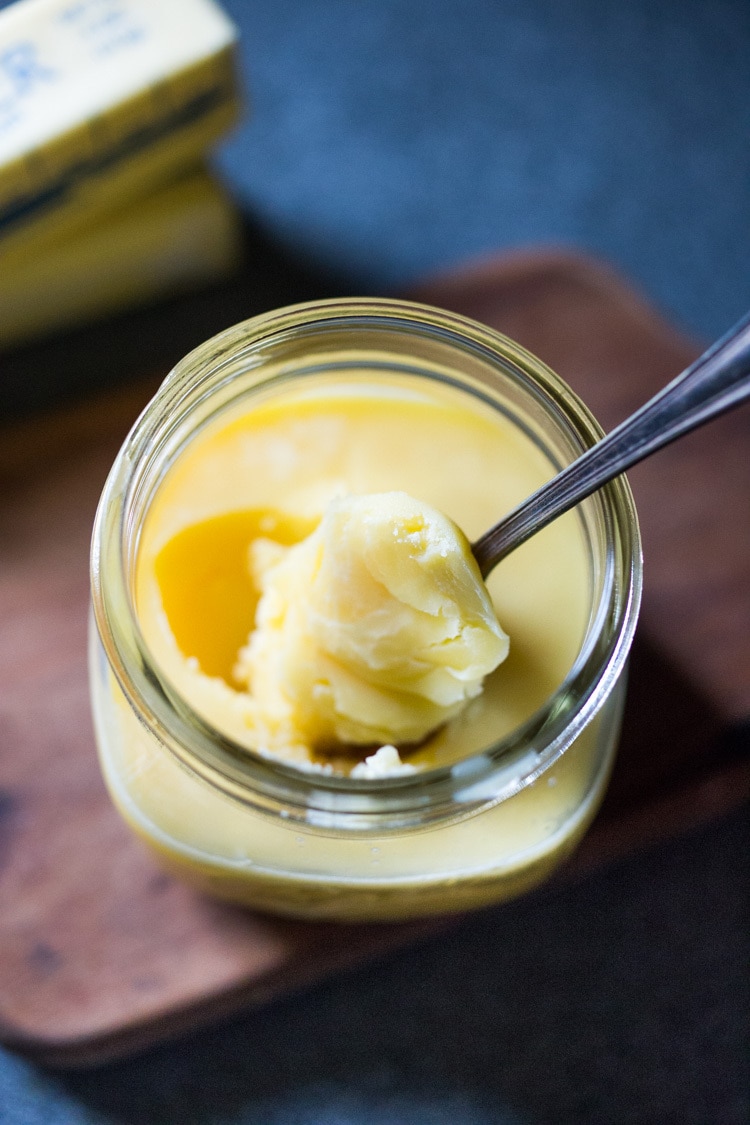
Tips for Cooking with Ghee Butter
- Saute with it! Because ghee has a high smoke point and it is shelf stable for months on end, use it for sauteing!
- Drizzle it. Ghee is like liquid gold, drizzle it over steamed veggies or popcorn!
- Season with it. Ghee has a wonderful flavor- nutty, deep and earthy and really enhances Indian dishes.
- Use it in baking. Ghee can be used in place of butter or coconut oil in most baked goods.
Ghee Recipe FAQs
Ghee is made with one ingredient – butter!
Because of ghee’s high smoke point it is often used to saute or fry foods. It is also widely used in Indian cuisine, adding rich flavor.
Ghee tastes wonderfully nutty, earthy and deep, imparting flavor to anything you use it in.
While ghee is still a saturated fat, all the milk solids are removed, making it easier to digest for those who have dairy sensitivities.
This is debatable. In my humble opinion, grass-fed organic ghee is healthier than inflammatory seed oils, but probably not as healthy as extra-virgin olive oil. It is a saturated fat.
Ghee may be more tolerable to those with dairy-intolerances because all the milk fats are removed.
How to Store Organic Ghee Butter
You can keep this on your counter or in your pantry for 2-3 months, or feel free to refrigerate up to a year if you prefer.
I hope you give this homemade ghee a try and let me know how you like it in the comments below! I’m curious if you notice any health benefits so please share with us.
xoxo
Watch How to make Ghee!
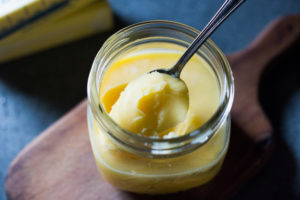
Organic Ghee
- Prep Time: 5
- Cook Time: 40
- Total Time: 45 minutes
- Yield: 1 cup
- Category: butter, pantry, larder, ayurvedic recipes, condiments
- Method: stovetop
- Cuisine: Indian
- Diet: Hindu
Description
How to make ghee, plus 10 health benefits. A simple process that turns butter into the most flavorful foundation for authentic Indian cooking. Removing the milk solids out of butter makes it highly digestible, soothing to the body and according to Ayurvedic medicine, helps balance out the 3 doshas with many health benefits.
Ingredients
16 ounces organic, grass-fed unsalted butter. (1 cup)
Instructions
Heat the butter in a medium, heavy-bottomed pot over medium-low or low heat.
Check every 10 minutes, skimming the foam that rises to the surface with a spoon or slotted spoon. The more butter you are cooking the longer this process will take.
When the milk solids drop to the bottom of the pan, you technically have “clarified butter”.
To make ghee, you’ll continue cooking until the solids turn deep golden brown like the color of brown sugar, and the butter will begin smelling nutty and earthy and get golden itself. During these last minutes, you don’t want to walk away from the stove, it goes very quickly from deeply golden to burnt!
Turn the heat off and let cool 3 minutes.
Strain, using 2 layers of cheesecloth over a strainer into a clean jar or pourable pitcher.
Pour into a clean, sealable, sanitized jar, and store on the counter, or refrigerate if you prefer.
Ghee will solidify slightly, especially in the colder months.
Notes
Ghee is shelf-stable and will keep 6-12 months if uncontaminated.
1 cup of butter will yield 3/4-4/5 cups of ghee.
Feel free to double or triple, noting the more butter, the longer the ghee will take to cook.
Nutrition
- Serving Size: 1 tablespoon
- Calories: 102
- Sugar: 0 g
- Sodium: 1.6 mg
- Fat: 11.5 g
- Saturated Fat: 7.2 g
- Trans Fat:
- Carbohydrates: 0 g
- Fiber: 0 g
- Protein: 0.1 g
- Cholesterol: 30.5 mg

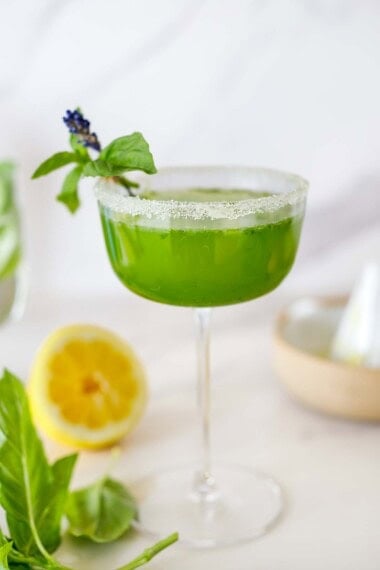
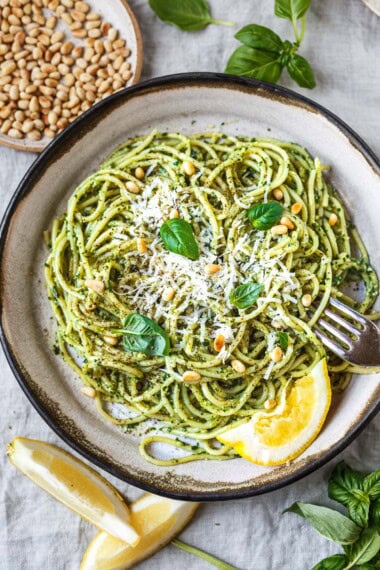
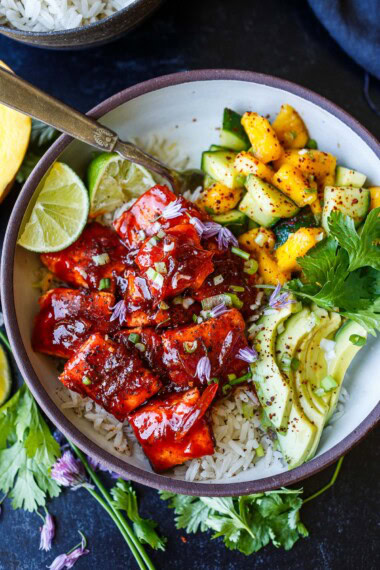
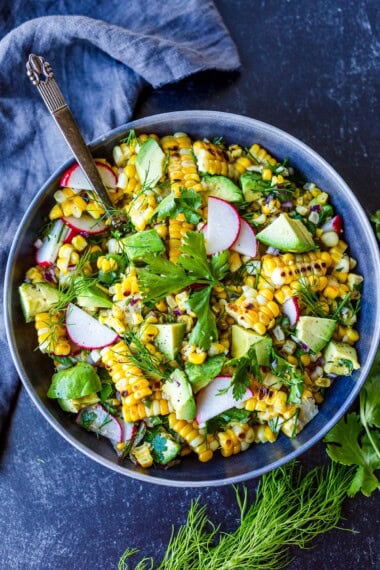
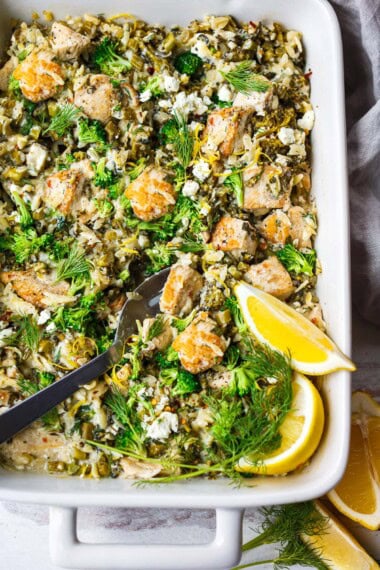
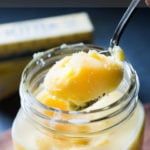
“Such a wholesome recipe! We sell pure ghee and raw honey at Ilhum Shop, and it’s great to see people using natural ingredients like these.”
Thanks!
I’ve made ghee a number of times using other recipes. Now I realize that I hadn’t been cooking it long enough for the milk solids to drop out. This was nutty tasting with a silky texture and quite easy to make.
So glad you gave it another try Karen!
Just something interesting – I made ghee with salted butter. After removing the foam, I tasted that foam. I swear nearly all the salt ends up there, it was sooooo salty!
That IS interesting!
I’ve been looking through sites & videos to get the definitive technique for ghee, and they vary greatly. *many* tell how to make clarified butter but call it ghee. Yours is the best I’ve found. To the point and factual! Thanks.
Thanks so much Judy!
Online, I really like RoseRed. She was a professor and gives all the information you will need. She gives info on how and why she does what she does. She even breaks down how the chemistry of things work. Really worth checking out.
This is so good and easy!! I just let it simmer on low for a couple of hours while I was doing other things. I agree about the economical aspect too – high quality ghee is so expensive! I got grassfed butter on sale and am so grateful for this recipe – pretty effortless and I saved a significant amount of money! I can’t wait to spread this onto my fresh, warm sourdough bread 😛
I am so glad you liked this ghee, Leanne. Yes, grass-fed ghee is really pricey and this is so easy to make, and much less expensive! I love how my kitchen smells when its simmering too. 🙂
Pretty simple. I didn’t use a strainer, just doubled the cheesecloth, put a rubber band around the neck of the jar to keep in place and poured the butter right in. Thanks!
Awesome Robin!
Perfect !
can i make ghee in my crockpot on low?
Interesting question Frances! I haven’t tried this but super curious if it would work- I love the idea of it!
I always make my ghee in the crockpot – 3-4 #, on low for 6-8. It’s perfect every time! I’ve also made it on high for 4 hours and that also works just as well.
Love this idea Virginia! Brilliant- thanks!
You just put in the crockpot and let it melt in there?. to on the stove at all?
Refused to pay $15 for 13oz jar at the store. Looked up the recipe, made 1 pound of butter into Ghee. Was very simple $4.00 investment. I used candy thermometer to keep eye on temp. I cooked on low burner setting, and casually kept an eye on it while doing other stuff in the kitchen. The milk fat started to rise about 100 Degrees F. I skimmed, and skimmed…. I adjusted temp to maintain at 220 (slight simmer) for about 5-6 minutes while milk solids turned color on bottom of pan. As stated, strained into clean jar….. my 1st attempt was so easy.
I was taught that preserving the shelf life of ghee also means ONLY scooping it out of the jar with thoroughly clean utensils, and I have seen mold form when that isn’t observed. Very sad when that happens!
I’ve never experienced that- but good to know!
Hello, love your recipes. Is this recipe with salted or unsalted butter? Thanks:)
Unsalted is best.
Followed recipe and it turned out perfectly. Looking forward to cooking with it.
well written and nice to know.
First batch completely burned! Noticed in the blog write up it says medium-low heat but the recipe says medium-high. I would definitely cook it on the lower heat option, my second batch turned out correctly!
The recommended cook time is way too long and the temperature was too high. I used a medium heat and only had it on the stove for 13 minutes, and by the time I was skimming the foam off the top it started to smell burnt. When I poured it out to cool it was solid black.
Oh dear, something is not right here, I’m so sorry about that. I will double-check the recipe.
I will never buy ghee again. This was so easy.
came out perfect.
thanks for the simple easy directions- turned out perfectly.
Hi Sylvia,
You brought a smile to my face when I saw this article. There are so many things we do just out of habit. I always go to the store to buy ghee and never thought of making my own. Your recipe seems pretty simple and I think it could save me a little money. I’ll give it a try. Thanks, Terry
Hi Terry, yes it would probably save money. Plus it is fun to make!Cheers!